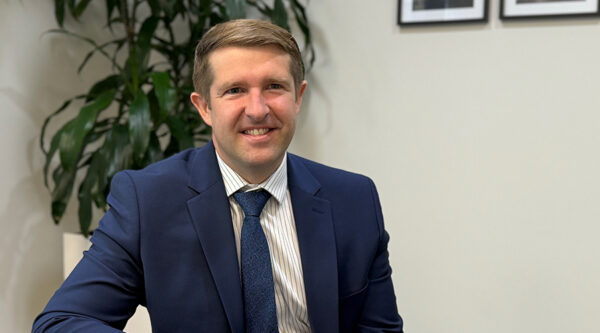

Central to a claim against a professional for compensation for a loss stemming from breach of a service obligation – commonly a claim for ‘professional negligence’ – is being able to prove that what the service provider did wrong was the cause of the loss. On this issue, the whole case can turn.
While a significant act or omission may clearly amount to negligence (although not every mistake constitutes actionable negligence), proving that the loss was caused by this negligence, and not something else, is crucial and can be tricky.
Proving ‘causation’
The question of ‘causation’ (the relationship between negligence and the loss suffered) is, fundamentally, a matter of evidence. Curiously though, it may not just require proving what happened as a matter of fact in the circumstances, but might require the exercise of having to imagine a world in which the negligent act or omission of the professional did not occur. But for the negligence, would the loss have occurred? If the loss would have occurred even if the professional had not acted in the way complained of, then the professional may legitimately contend, in their defence, that the loss was not their fault.
This imaginary ‘other world’ is known as a ‘counterfactual’.
One challenge with a ‘counterfactual’ is that life is full of moving parts – often, many of them – and it may not be possible to definitively project how events would have played out in the hypothetical scenario. In those circumstances, the Court may have to assess the likelihood of the counterfactual, employing in that analysis statistical principles such as the effect on the scenario of ‘confounding factors’ – that is, variables that may distort the relationship between two events.
For example: if the alleged negligence is that the professional took an unacceptably long time to do something, causing the claimant financial loss, then, amongst other things, the claimant will have to make the case for the period in which the task should have been done and offer a compelling counterfactual to prove on the balance of probabilities, that had the thing been done by the professional within that timeframe, they would not have suffered the loss.
This is because the claimant may expect the defendant to argue that events would have conspired against the claimant to suffer the loss in any event. Where third parties are involved in the scenario eg. a tax authority, then projecting the certainty of an outcome from their involvement might not be straightforward. It can introduce doubt into the equation.
It may seem curious that, when putting a case together, a claimant has to work through how events may have played out if the professional at fault had not got things wrong, but that imaginary other world may be crucial to proving the claim. Insurers who stand behind professionals are used to testing causation as an essential ingredient of a claim, and if they are to be persuaded that the court will side with a claimant on the matter, it will be important to imagine how that other world might have looked.
If you can show with a high degree of likelihood that, but for the negligence, the loss would not have occurred, then you are some way along the road to proving your case.










